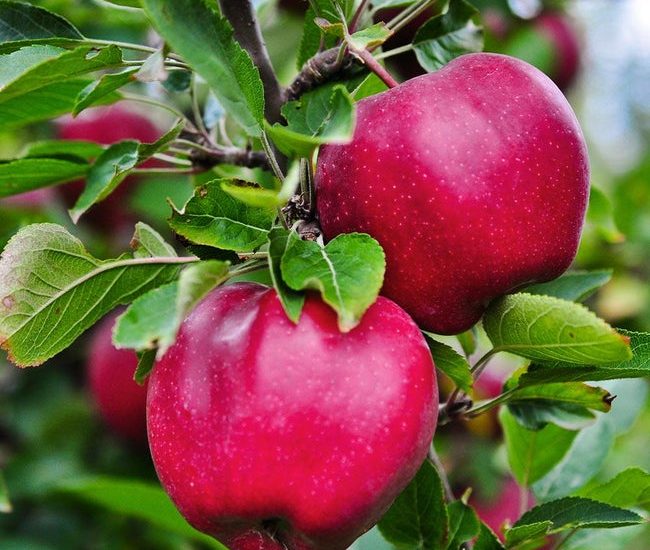Best 5 Fig Trees To Grow In Pacific Northwest
Although figs are from the Mediterranean, they thrive in the Pacific Northwest. Every year in late summer, they produce little embryonic fruits that overwinter and ripen the next summer. It’s self-fertilizing. If you want to grow figs in your garden, here are a few tips.
Warm weather is best for figs. In cooler summers, plant them against a south or west wall to increase ripening success. Well-drained, sandy soil is best. Consider making a raised bed or mound if the soil is heavy. Growing season is longer in sandy soil and raised beds. Drought-tolerant figs. You can grow figs in containers that can be overwintered in a garage, shed, or greenhouse.
If the fig’s trunk is exposed to the weather for the first few years, wrap it in pipe insulation in the winter. Figs can sprout from their roots if severely damaged by a really hard winter. Winterizing container grown figs in an unheated garden shed or garage is a good idea. If you’re going to leave it outside, wrap it in insulation.
Fig trees can be grown as one trunk trees or as multi-trunked bushes. They can be arranged in fan-like shapes. When training them, we find that treating them as a multi-stemmed bush is most effective. The pruning process takes place Before the tree breaks dormancy in the early spring, remove any damaged wood, thin out weak shoots, and dig up older, non-productive wood on older trees. to the ground. It is a common practice to prune the fig in early to midsummer in order to keep the tree open to light and air as well as promote new growth.
Pinching the new growth tips occurs once they have expanded 4-6 leaves. The young side shoots will then produce tiny embryonic figs in their leaf axils, which will overwinter and mature the following summer. The tree will set fruit if this summer pinching is not done in good time, and the fruits will become too large to survive the winter. You should remove any unripe figs larger than a marble after a hard freeze in the fall; they will not overwinter.
LSU Purple Fig Tree
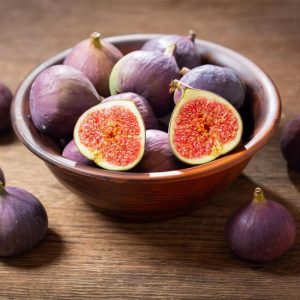
You won’t go wrong with the LSU Purple Fig Tree if you are looking for a tree producing sweet fruit with little effort. Developed by the Louisiana State University College of Agriculture for its disease resistance and delicious fruit, the Louisiana State University Purple Fig is ideal for those wishing to grow their own fruit.
As early as the second year, LSU Figs produce fruit! In general, it takes four to five years for fig trees to mature and begin to bear fruit, but the LSU Purple Fig is capable of bearing small crops of figs as early as the second or third year.
You can enjoy figs year-round, inside or out. The LSU Purple Fig has three fruiting seasons: a light crop in early spring, a big one in July and a late crop in November.
This prolific bearer lets you eat healthy, sweet figs all year long, dry your own fruit for storage, or make jam and preserves. You can do so much with the LSU Purple, especially since it grows in a pot…thriving wherever you put it. It grows despite humid, hot conditions and does well in the Southeast.
Assorted Figs – USDA Organic
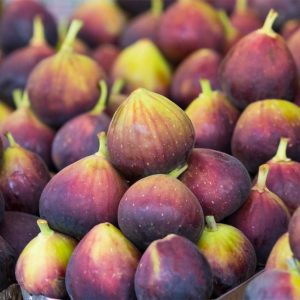
Organic growth means these figs don’t need harsh sprays or chemicals to grow. What could be better than an all-natural version of this classic fruit?
If you get the Assorted Figs package, you’ll get a grab bag of figs from our on-site trees, including Chicago Cold Hardy Fig, Brown Turkey Fig, and Celeste Fig.
A low-maintenance plant that grows and adapts. This eye-catching cultivar can be planted in a lot of places.
This organic variety not only has lots of your favorite fruit, it also has a bright hue that makes each and every fig stand out in your yard or garden. Beautiful beauties that pull double duty.
Desert King Fig Tree
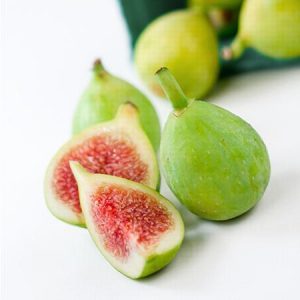
The Desert King Fig Tree lets you grow fresh, high-quality fruit right in your own yard. It also produces bushels of sweet, richly-flavored figs with strawberry-hued flesh that are productive and dependable. It’s also a proven performer in the Golden State.
I like the Desert King because it’s easy to grow. As the Desert’s fruit ripens in the middle to late summer, it’s a great choice for gardeners in coastal areas and high elevations. Fruits aren’t damaged by frosts until late spring. So it’s adaptable, especially since it thrives pretty much anywhere.
Black Mission Fig Tree
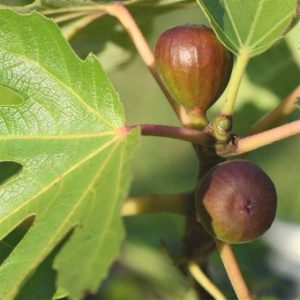
Let’s celebrate figs! The Black Mission Fig Tree (Ficus carica ‘Mission’) makes it easy to grow your own fruit. It’s a prolific tree that produces two harvests a year.
You can run outside and harvest figs for snacking, baking, and more from your own tree! The food you eat will have been well taken care of over a long period of time.
The easy-care nature of this fig variety makes it popular with growers. Put it in a warm zone with a hospitable climate. Plant it in a container if you live in a colder zone.
Black Mission Figs aren’t hard to take care of. Growing this tree isn’t hard. They’re easy to maintain and look great.
Yellow Fig Tree
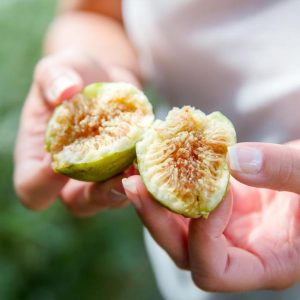
The freshest figs can’t be found in some grocery stores, so if you’re looking for them, you’ll have to look hard. Whether you are in the country or the city, or wherever you live, this Yellow Fig Tree is the perfect way to grow your own figs.
The yellow fig tree has the distinction of having the world’s sweetest and oldest figs, and it is the single most delicious fig on the planet. Fruits are filled with a mouth-watering combination of flavors and textures that can’t be beaten. The taste of a sweet honey is combined with the texture and tartness of the firm skin on this particular fruit.
Fignomenal Fig Tree
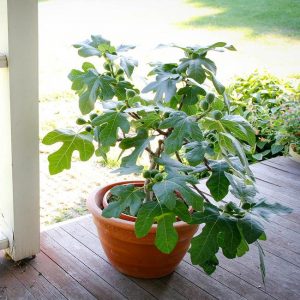
This compact fig has sweet fruits and fits right into your patio or garden with its compact size. Additionally, Fignomenal won the Retailers’ Choice Award at Cultivate 2021 for being the best compact fig!
Little things can pack a big punch! “Fignomenal” Fig trees (Ficus carica) are small and compact fig trees that bloom and produce figs all year long. Plant it in a pretty container to display on your patio, porch, or sunroom, and watch it flourish.
Fignomenal Figs have beautiful, broad leaves and produce sweet, juicy, juicy fruit when grown outdoors, so you’ll never have to miss out on a dessert! This medium-sized, deep brown fruit has a rich pink center and a brown outer skin.

